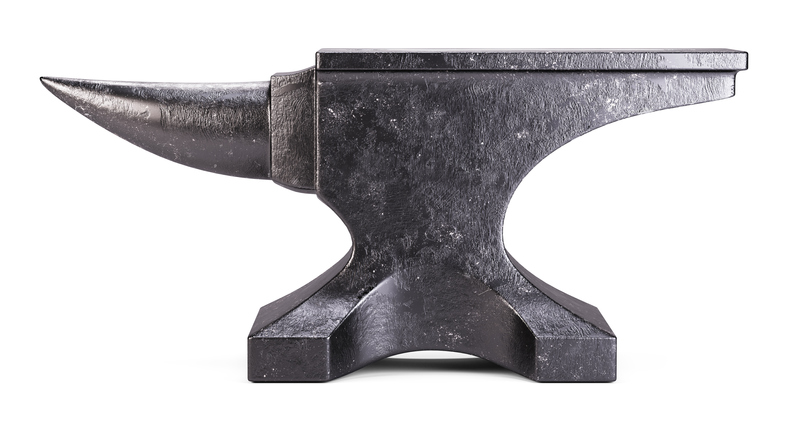Presentation on Biodegradable Thiol-Modified Polyvinyl Alcohol Hydrogels
CPG researchers Yuri Svirkin, Adam Kozak, and Gavin Braithwaite will be presenting their work on thiol-modified PVA hydrogels at the Fall Materials Research Society Meeting in Boston at 4:45 pm on December 3rd (Paper E5.09).
Abstract
Poly(vinyl alcohol) (PVA) is a well-respected biomaterial and forms highly hydrated hydrogels. It has been used in a number of applications, such as tissue bulking and nerve-guides, but is not intrinsically biodegradable, nor substantially mucoadhesive. These features can be built in to the molecule through complex co-polymerizations, but here we describe a simpler route involving modification of existing off-the-shelf materials.
Biodegradable hydrogels based on PVA modified with thiol groups (TPVA) were prepared and characterized. The TPVA was synthesized by an esterification reaction of PVA with 3-mercaptopropionic acid and characterized by 1H NMR. The TPVA produced contained pendant chains with ester bonds linking the thiol groups to the PVA backbone. Further, hydrogels were synthesized from this TPVA in a reaction between the TPVA and acrylate derivatives of poly(ethylene glycol) using Michael-type addition. The gelation reaction between the TPVA and PEG-acrylate proceeded under physiological conditions in aqueous environment without radical initiators or irradiation. The kinetics of gelation, including gelation time and dynamic modulus, were determined by rheology. The properties of the final hydrogels and cure characteristics were investigated as a function of pH, polymer concentration, molecular weight, degree of PVA and PEG chemical modifications and their ratio in the composition. The gelation time varied from seconds to 30 minutes and the equilibrium elastic modulus (G’) was in the range 500 Pa to 10 kPa.
The hydrogels were rendered degradable by the presence of the ester groups, which are easily hydrolysable and do not require the presence of enzymes for degradation to occur. In addition, the thiol-functional groups impart mucoadhesive properties to the PVA hydrogels, as has been reported elsewhere. The level of mucoadhesion was controlled by the amount of free thiol functionalities remaining uncrosslinked after the hydrogel formation reaction between the TPVA and PEG-acrylate molecules.
The degradability and swellability of these PVA-PEG hydrogels was tested in 1xPBS under ambient conditions. The hydrogels at 3 wt % polymer solids started losing mechanical integrity after 18 days and completely dissolved after 35 days. In addition, a specialized peel test was developed to measure the mucoadhesive properties of the hydrated TPVA hydrogel.
More information.




